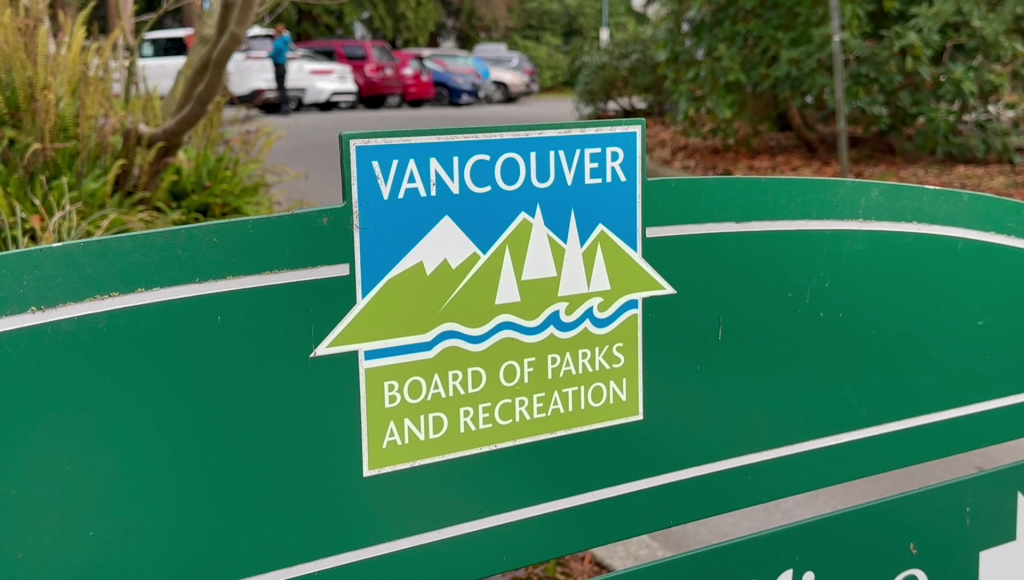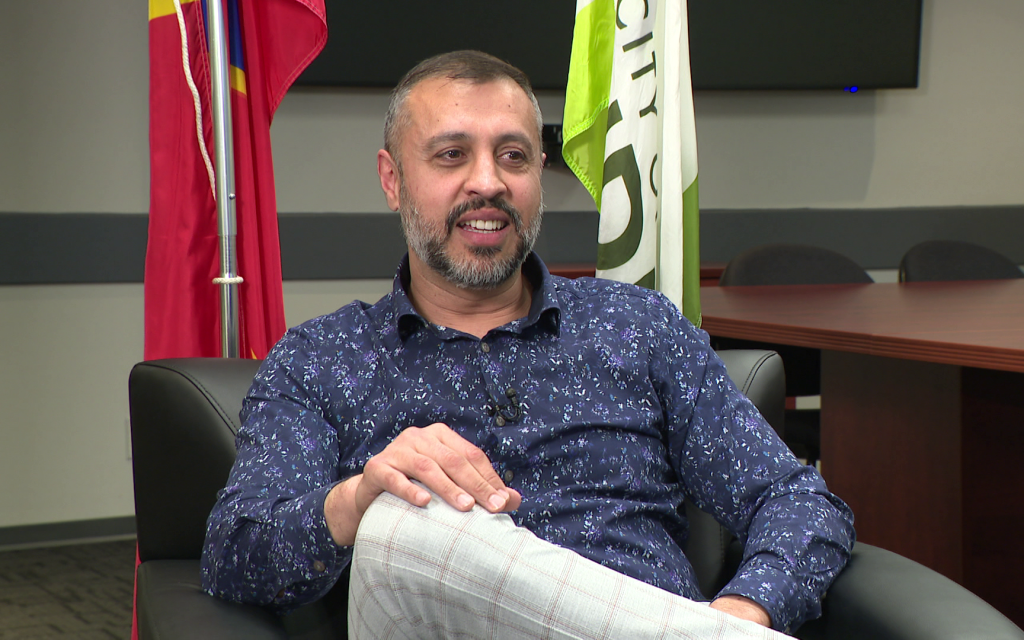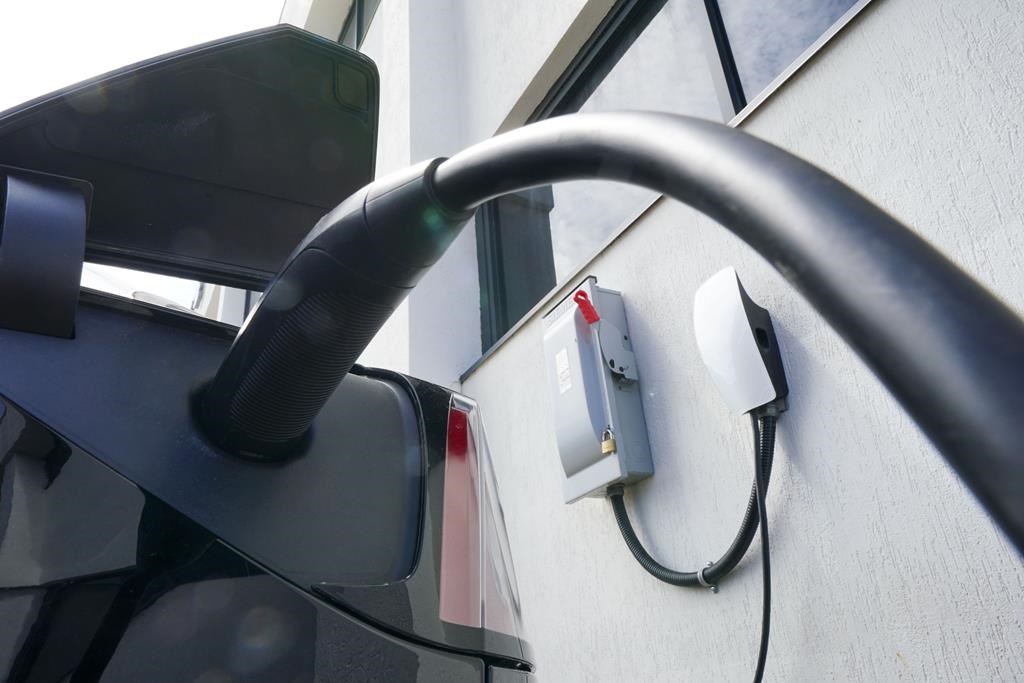In the storm’s immediate aftermath, the Coast Guard sent two helicopters to try to rescue the crews of three tugboats reported in distress in a channel near Port Aransas. And about 4,500 inmates were evacuated from three state prisons in Brazoria County south of Houston because the nearby Brazos River was rising.
By late morning, Harvey’s maximum sustained winds had fallen to about 120 kph and the storm was centered about 40 kilometers west of Victoria, Texas. It was moving north at three kph, according to the hurricane center.
The system was expected to become tropical storm by Saturday afternoon.
The hurricane posed the first major emergency management test of President Donald Trump’s administration. The president signed a federal disaster declaration for coastal counties Friday night.
Trump commended the head of the Federal Emergency Management Agency for his handling of the storm.
In a tweet Saturday morning addressed to FEMA head Brock Long, Trump said: “You are doing a great job — the world is watching! Be safe.”
In a separate tweet, Trump said he is monitoring the hurricane closely from Camp David. “We are leaving nothing to chance. City, State and Federal Govs. working great together!”
The president also tweeted, “We have fantastic people on the ground, got there long before #Harvey. So far, so good!”
In Corpus Christi, the major city closest to the storm’s center, wind whipped palm trees and stinging sheets of horizontal rain slapped against hotels and office buildings along the seawall as the storm made landfall.
Daybreak revealed downed lamp posts and tree limbs and roof tiles torn off buildings. The city’s marina was nearly unscathed, save an awning ripped from a restaurant entrance and a wooden garbage bin uprooted and thrown.
Along Interstate 45 leaving Galveston, motorists had to stop under bridges to avoid driving in whiteout conditions.
In Houston, rain fell at nearly 76.2 millimeters an hour, leaving some streets and underpasses underwater. The many drainage channels known as bayous that carry excess water to the Gulf were rising.
Harris County Judge Ed Emmett, the chief administrator of the county that includes the city of 2.3 million, said flooding so far was a “minor issue,” but warned that “we’re not out of this.”
Fueled by warm Gulf of Mexico waters, Harvey grew rapidly, accelerating from a Category 1 early Friday morning to a Category 4 by evening. Its transformation from an ordinary storm to a life-threatening behemoth took only 56 hours, an incredibly fast intensification.
Harvey came ashore as the fiercest hurricane to hit the US in 13 years and the strongest to strike Texas since 1961′s Hurricane Carla, the most powerful Texas hurricane on record.
The storm’s approach sent tens of thousands of people fleeing inland. Families who escaped Rockport were worried about neighbors and whether their homes are still standing.
Johanna Cochran was panicking over whether her house or the McDonald’s where she works survived the storm. She and her boyfriend evacuated to a San Antonio shelter.
Another Rockport resident, Pamela Montes, said she knew many people who stayed behind because “no one felt like it was going to hit.”
Just hours before the projected landfall, the governor and Houston leaders issued conflicting statements on evacuation.
Gov. Greg Abbott urged more people to flee, but Houston authorities recommended no widespread evacuations, citing greater danger in having people on roads that could flood and the fact that the hurricane was not taking direct aim at the city.
The last Category 4 storm to hit the US was Hurricane Charley in August 2004 in Florida. Superstorm Sandy, which pummeled New York and New Jersey in 2012, never had the high winds and had lost tropical status by the time it struck. But it was devastating without formally being called a major hurricane.
Harvey is the first significant hurricane to hit Texas since Ike in September 2008 brought winds of 177 kph to the Galveston and Houston areas, inflicting $22 billion in damage.
___
Associated Press writers Michael Graczyk, Juan Lozano and Nomaan Merchant in Houston; Seth Borenstein and Catherine Lucey in Washington; Tammy Webber in Chicago; David Phillip in Dickinson, Texas; and Diana Heidgerd, Jamie Stengle, David Warren, Claudia Lauer and Terry Wallace in Dallas contributed to this report.










